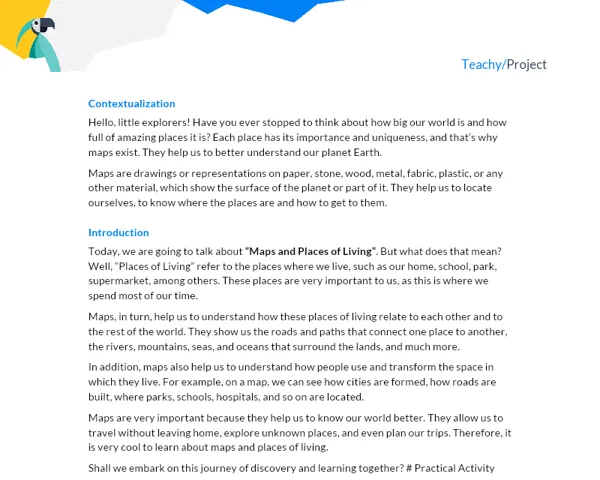Contextualization
Urban growth is a worldwide phenomenon often associated with economic development, the pursuit of better living conditions, and technological progress. However, it also brings numerous challenges such as uncontrolled urbanization, environmental degradation, social inequality, among others.
Cities are authentic hubs of human activities, where services, employment opportunities, education, and research institutions are concentrated, among other structures. Although each city has its own characteristics, they share similarities in terms of growth and development.
A city is a space of constant change; it can be seen as a living and growing organism that constantly adapts and changes in response to different factors. This growth is influenced by population changes, public policies, economy, culture, technology, the environment, among others.
Importance of the Subject
Understanding urban growth and urban planning is essential to help us grasp how societies are organized and evolve. Studying urban growth allows us to identify and analyze social, economic, and environmental issues, as well as to devise solutions for the challenges we currently face.
Investigating how cities grow and develop not only helps us understand how we got here, but also to envision what the future of cities will be like and how we can make it a better place. By learning these concepts, you will acquire the tools to become more aware and active citizens in the construction and improvement of urban environments.
Hands-on Activity: "Growing with the City"
Project Objective:
To analyze and understand the growth of a city from a historical, socioeconomic, and environmental perspective.
Detailed Project Description:
Students will select a Brazilian city and study its growth over time, investigating aspects such as territorial expansion, population increase, economic development, and environmental impact. The goal is to understand and analyze the factors that influence the growth of cities and the consequences of this growth on urban life and the environment.
Required Materials:
- Books and online sources about the chosen city;
- Paper, pens, and colored pencils to create maps and charts;
- Computers with internet access to conduct research and write the final report.
Detailed Step-by-Step Activity:
- Form groups of 3 to 5 students.
- Each group will choose a Brazilian city to study.
- Conduct historical research on the chosen city. How was it founded? Which were the main milestones of its growth?
- Research the population growth of the city over time. Create a chart to illustrate it.
- Research the economic development of the city. Which sectors stand out? How has this influenced the growth of the city?
- Research the environmental impacts caused by the city's growth. Has there been deforestation, pollution, or loss of biodiversity?
- Organize all the information collected and write a report containing: Introduction, Development, Conclusions, and Bibliography.
Project Deliverables:
A detailed and well-organized written report that includes the following elements:
- Introduction: Present the chosen city, highlight its importance and study contexts, and define the project's goal.
- Development: Present the historical evolution of the city, show its population growth through charts, discuss the city's economic development and its impacts on urban growth, and analyze the environmental impacts of this growth.
- Conclusions: Recap the main points of your study, explain what you have learned, and make a critical reflection on the challenges and strategies for a more balanced and sustainable urban growth.
- Bibliography: List all sources of information used to conduct the project.
Remember: This project should be challenging and require more than 12 hours of work per student. Teamwork, collaboration, and effective time management are essential.

